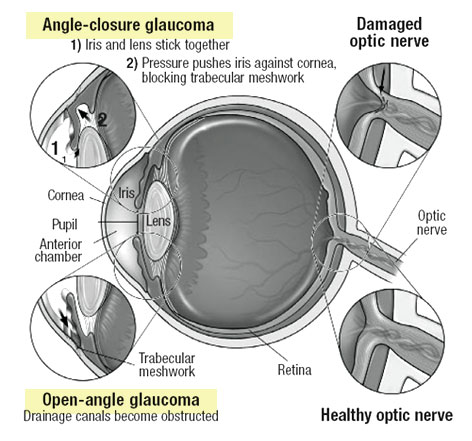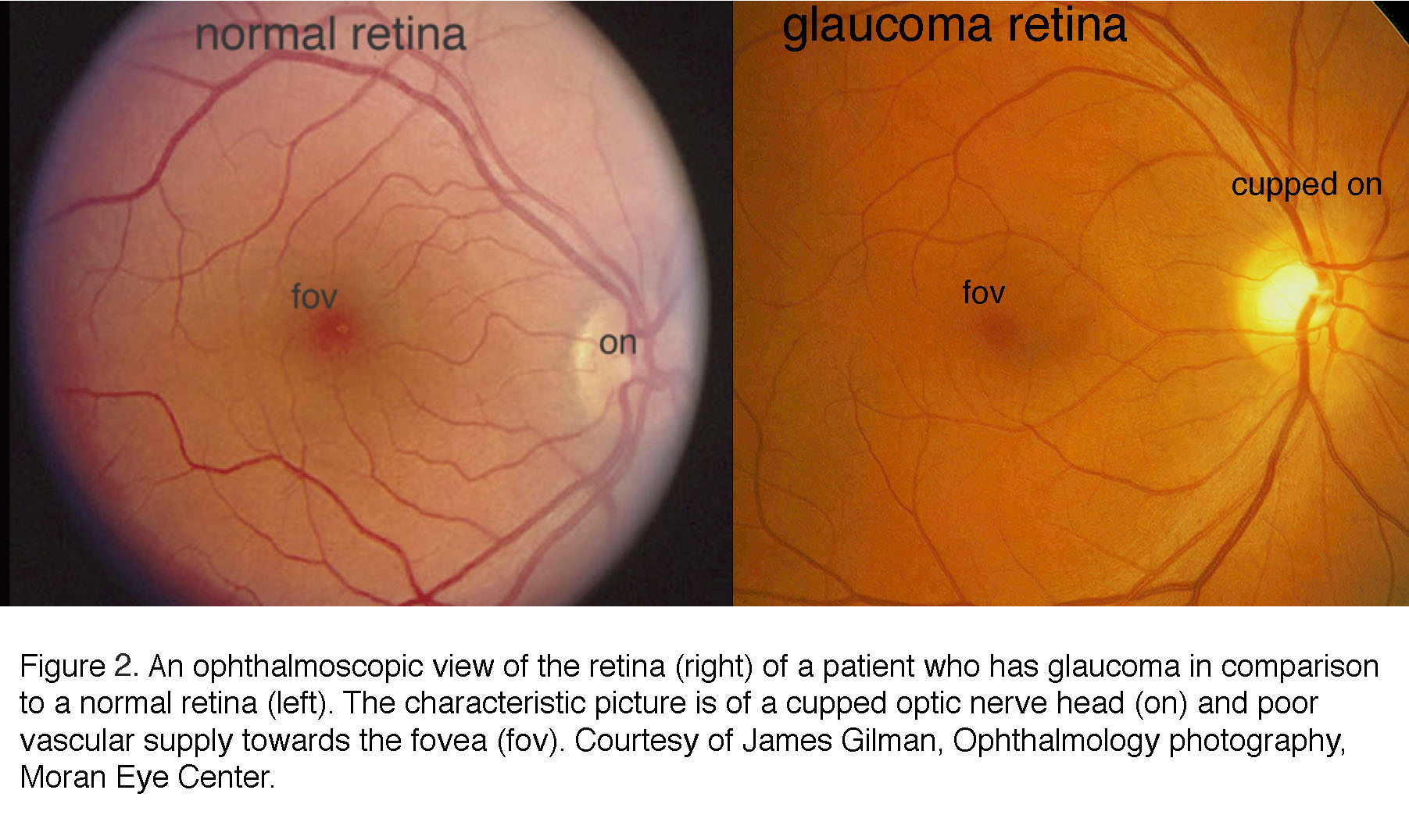Understanding the Different Vision Correction Procedures Available for Clearer Sight
In the world of vision improvement treatments, a wide variety of alternatives exist to address refractive errors and offer people with clearer sight. From the extensively identified LASIK surgery to less invasive procedures like PRK and implantable lenses, the area of ophthalmology supplies a range of strategies tailored to fit different requirements and choices. Each procedure includes its own set of considerations, advantages, and possible threats. Recognizing the nuances of these vision modification techniques is essential for making educated choices concerning one's aesthetic health and wellness. Allow's check out the ins and outs of these procedures and clarified the path to accomplishing enhanced vision quality.
LASIK Surgical Treatment
LASIK surgical procedure is a common refractive treatment utilized to fix vision problems such as nearsightedness, astigmatism, and farsightedness - retina service near me. This surgical technique, which means Laser-Assisted in Situ Keratomileusis, intends to reshape the cornea to improve exactly how light is concentrated on the retina, eventually enhancing vision clearness. During the treatment, a thin flap is developed on the cornea, and a laser is made use of to eliminate precise quantities of tissue to reshape it suitably. This reshaping permits light to be precisely focused onto the retina, dealing with refractive errors.
One of the key advantages of LASIK surgical treatment is the rapid enhancement in vision experienced by clients. Generally, LASIK surgery is a preferred choice for individuals looking for a long-term option for their vision troubles.
PRK Procedure
While additionally a common refractive treatment, the PRK (Photorefractive Keratectomy) strategy varies from LASIK surgery in its strategy to dealing with vision problems. In PRK, rather than developing a flap on the cornea, the outer layer of the cornea, called the epithelium, is totally eliminated. This permits the laser to reshape the cornea to remedy refractive mistakes such as nearsightedness, astigmatism, and farsightedness straight externally.

Despite the longer healing time, PRK can generate outstanding cause vision enhancement, making it an important option for those who might not be suitable prospects for LASIK surgery.
Implantable Lenses
In comparison to PRK where the cornea is reshaped straight, implantable lenses use one more method for fixing vision by inserting man-made lenses inside the eye. This procedure is particularly helpful for people with high levels of astigmatism, farsightedness, or nearsightedness that might not appropriate candidates for laser surgical treatments like LASIK or PRK.
Implantable lenses, likewise called phakic intraocular lenses, work by supplementing the eye's all-natural lens with a fabricated one. eyecare near me. These lenses can be put in front of the all-natural lens (former chamber) or behind the iris and in front of the all-natural check my site lens (posterior chamber) By changing the power and positioning of these lenses, ophthalmologists can efficiently remedy refractive errors and enhance visual skill
One benefit of implantable lenses is that they are removable and exchangeable, providing adaptability for future modifications. As with any type of medical procedure, there are dangers involved, such as infection or cataract development. Clients considering implantable lenses ought to speak with an eye care professional to establish one of the most appropriate alternative based on their individual demands and eye health and wellness.
Corneal Rings
Corneal rings, also referred to as intracorneal ring sections, are small, clear devices placed into the cornea to correct vision distortions such as keratoconus. Keratoconus is a problem where the cornea thins and protrudes external, triggering vision to become distorted. The insertion of corneal rings aids to flatten the cornea, enhancing visual skill and decreasing the uneven astigmatism triggered by keratoconus.
The treatment for inserting corneal rings is minimally intrusive and relatively quick, frequently done as an outpatient treatment. During the surgical procedure, the ophthalmologist makes a tiny laceration in the cornea and inserts the rings at a specific depth. When in area, the rings aid to reshape the cornea, supplying a smoother surface area for light to get in the eye, which can cause more clear vision.
Corneal rings are considered a reversible procedure, as they can be eliminated or replaced if needed. glaucoma service near me. While they may not completely remove the demand for glasses or contact lenses, corneal rings can considerably improve vision top quality and total aesthetic convenience for individuals with keratoconus or various other corneal abnormalities
Refractive Lens Exchange
Complying with the correction of corneal irregularities with treatments like site link corneal rings, an additional vision adjustment strategy that can deal with refractive errors is Refractive Lens Exchange (RLE) RLE is a surgical treatment that includes replacing the eye's natural lens with an artificial intraocular lens (IOL) to correct refractive errors such as presbyopia, nearsightedness, and farsightedness. This treatment is especially useful for people who might not be ideal candidates for procedures like LASIK or PRK due to variables such as slim corneas or high refractive errors.

Final Thought
In verdict, there are different vision adjustment treatments readily available to aid individuals attain clearer view. LASIK surgical procedure, PRK procedure, implantable lenses, corneal rings, and refractive lens exchange are all choices that can address different vision issues. It is necessary for people to talk to their eye care copyright to establish the most appropriate treatment based upon their specific needs and preferences. With advancements in modern technology, attaining boosted vision is currently more more helpful hints obtainable than ever.
In the world of vision improvement treatments, a wide range of options exist to address refractive mistakes and give individuals with more clear sight.LASIK surgery is an usual refractive treatment used to fix vision problems such as astigmatism, farsightedness, and nearsightedness.While additionally a typical refractive treatment, the PRK (Photorefractive Keratectomy) method varies from LASIK surgical treatment in its approach to fixing vision issues.Following the improvement of corneal irregularities with treatments like corneal rings, one more vision modification technique that can resolve refractive errors is Refractive Lens Exchange (RLE) LASIK surgical treatment, PRK treatment, implantable lenses, corneal rings, and refractive lens exchange are all options that can resolve different vision concerns.